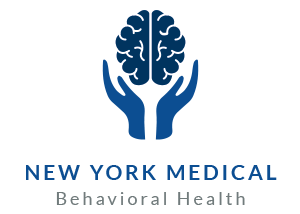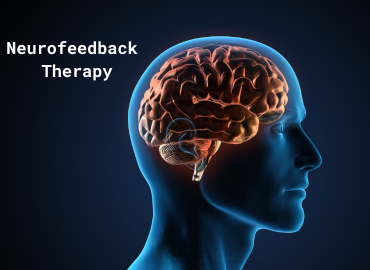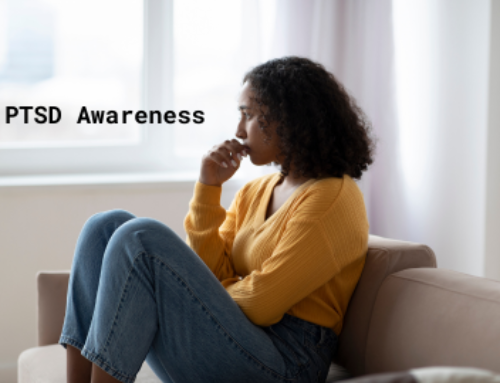Neurofeedback Therapy
Neurofeedback is a method to show brain activity and give patients and medical professionals data in real time. It is a noninvasive procedure and though a patient may feel tired after a session, there is no downtime associated with neurofeedback.
Neurofeedback is a subtype of biofeedback. Biofeedback therapy uses electronic equipment to alert the patient of processes in their body that usually go on without their notice. Also, it is meant to help patients gain a degree of control over bodily functions, such as heart rate, and show how their brain responds to various triggers. This way, the patient can strengthen their regulation of mind and body for purposes like being more relaxed when they encounter a state of agitation.
Brain cells talk to each other through electrical impulses we call “brain waves.” There are four primary wavelengths of these impulses:
Slow delta waves for deep sleep
Medium-slow theta waves for relaxation
Medium-fast alpha waves for calmness and lucidity
Fast beta waves for alert, active thinking and problem solving
When a patient has a mental health disorder, their brain wave patterns are irregular, affecting mood and behavior.
Neurofeedback relies on the principle of neuroplasticity (also called neuromodulation) , which is the way the brain changes itself. When one is able to better understand and regulate brain waves, that supports positive neuroplasticity. Neurofeedback therapy can help with mental health conditions like these:
PTSD (Post-Traumatic Stress Disorder)
Anxiety
Autism Spectrum Disorder
ADHD and ADD
Migraines
Panic attacks
Memory problems
Neurofeedback therapy is done using an electroencephalogram, or EEG. An EEG uses electrodes attached to the patient’s head to measure electric brain activity and record the data.
The primary use for neurofeedback is to treat ADHD by helping the patient focus their mind. This works for patients with hyperactive ADHD, who often have too many fast beta and alpha waves, and patients with inattentive ADHD, who have more slow theta waves. Based on current research, neurofeedback is not used as a standalone treatment, but rather combined with other treatment methods like medication.
Neurofeedback still needs a lot of study, and it can be expensive, making it inaccessible for many. We hope that further research will yield positive results and that more patients can get the help they need for a better quality of life.
For more information on our services and to make appointments, contact us on our website or call 585) 442-6960.





